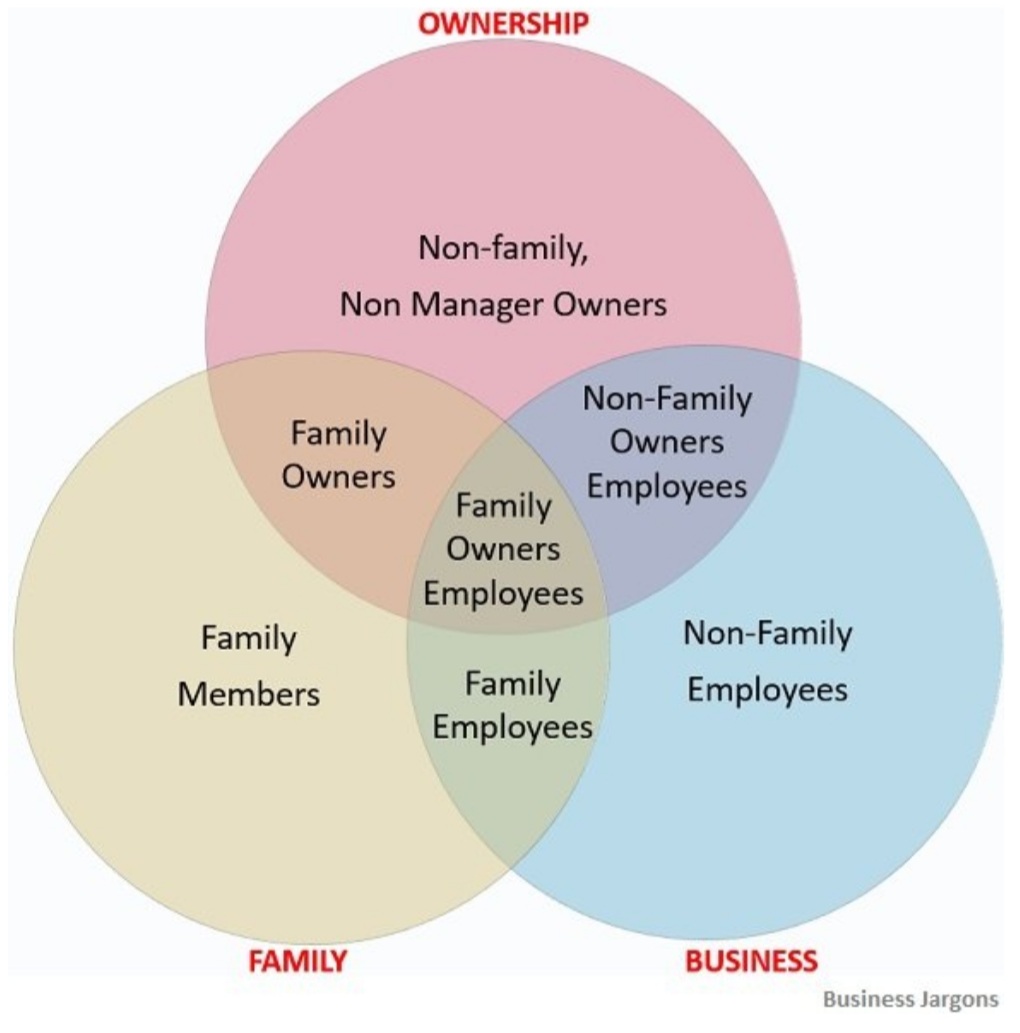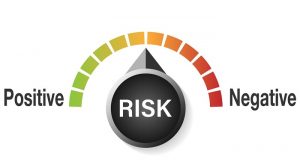
Credit: Getty images
During our Wharton Global Youth summer programs, Dr. Lori Rosenkopf, Wharton professor of management and vice dean of entrepreneurship, delivered a cross-program lecture to some 300 high school students learning with us on campus.
She asked the group a simple question: What business role do you envision having someday? CEO? Top-level manager? Middle manager? Not a manager at all?
While much of the room clamored to the CEO corner, there were a few outliers. One student admitted, “It’s just not interesting to me to worry about so many people.”
People, agreed Professor Rosenkopf, are essential to managerial responsibilities and challenges. “When I talk to graduate students and executives who come to Wharton, they say that getting people to do what they think should be done as a manager is actually the hardest part,” noted Dr. Rosenkopf. “Management is a really wide span from analyzing data-wise what you should do — and then getting people to follow that, which is part data and part behavioral.”
So, if you’re aspiring to get inside the C-suite, or even rise to middle management, Dr. Rosenkopf shared some insights about how to think like a manager.
Many voices, many faces. “As a manager, you’re responsible to a wide variety of stakeholders,” said Rosenkopf. “It’s not just your employees. It’s your customers. It’s the suppliers who you’re getting all of your inputs from. It’s your community where you reside, and the folks who depend on your organization for good and for bad. And, of course, the [financial] shareholders if you are a public company or you have other investors. There are many different parties who you have to respond to, and they each have different needs.”
Strategy, strategy, strategy. “Managers develop and implement strategies. There are all kinds of components to what a strategy is,” noted Rosenkopf, who went on to list a few:
What kinds of products are you going to make in your organization?
Which customers? Which markets are you going to serve?
How do you actually get these products or services into the hands of your customers? What technology do you use to distribute, whether it’s all tech and online or whether you have to make physical things and ship them to people?
How much do you have to work with different partners, like suppliers or perhaps you have an alliance with another company to jointly produce these sorts of things?
What’s your competitive advantage?
Macro and micro. Managers need to consider the big picture, as well as the more intimate point of view as they run a business. “Sometimes managerial thinking is about how you manage an entire department – in organizations, this is known as the team aspect — and sometimes it’s about how you think about managing the individual people and motivating them and getting them to do what you need them to do,” said Dr. Rosenkopf. “If you’ve had a leadership role in a club, then you know that sometimes the things that you’re thinking about, everyone doesn’t agree, and there can be a lot of dissension about that. Getting the club member to do the things that you’re hoping for can be a challenge.”
Always a work in progress. With varied stakeholders, multiple strategic objectives and motivational demands of both teams and individual employees, a manager must embrace the problem-solving mindset. “This whole act of thinking through challenges for managers is a never-ending process as things continue to evolve,” observed Rosenkopf.
What’s your impression on this story?





















